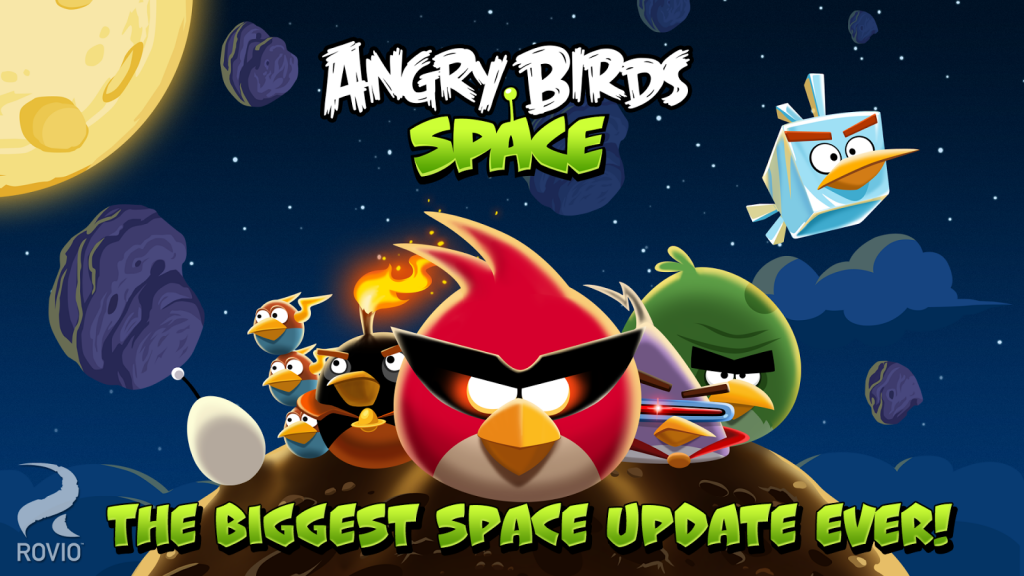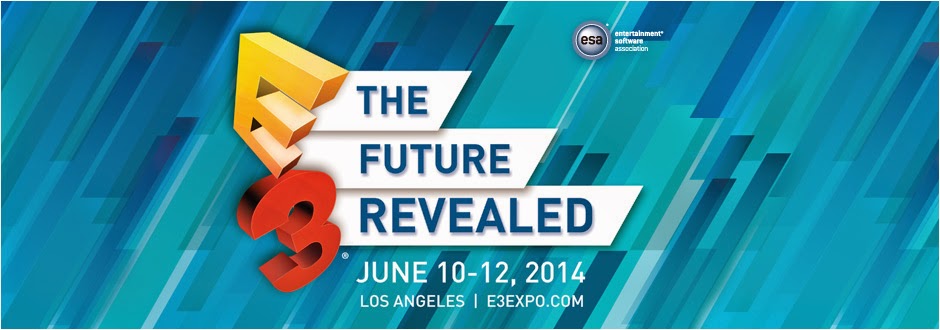Recently I had the opportunity to try out the latest model in a popular Android tablet series, the Samsung Galaxy Tab 2 (7-inch). At just $250 for the WiFi version of the device, it is a bargain in comparison to the accepted industry standard, Apple’s iPad, and even several competing Android tablets. But can such a comparably affordable tablet live up to the demands of customers expecting a $500-700 tablet experience?
(Note that this review was based off of the 8GB, WiFi-only model of the Galaxy Tab 2 7-inch Tablet)
The Hardware
Though the Galaxy Tab 2 may not come packing the very latest in Android hardware, it is certainly no pushover. The modestly-priced tablet proudly sports a 1.0GHz dual-core CPU, 1GB of RAM, 8-32GB built-in storage (buyer’s choice), and a MicroSD card slot with support for an additional 32GB of space per SD card, along with standard-fare technologies such as WiFi (b/g/n), Bluetooth (v3), and an Accelerometer. Rear and front cameras on the tablet clock in at 3MP and VGA, respectively. Infrared even makes a return from the PDAs of the 90’s whose one remaining use to this day has been as a universal remote. Well, at last you can part with the old technology and bring in the new; thanks to its IR ‘blaster’, the new Tab works quite well as a universal remote for any and all devices capable of receiving an IR signal.
As a sort of icing on the cake, Samsung has included dual speakers on the Tab’s underside, allowing for audio quality that is noticeably a step above single-speaker’d devices. Thankfully, just because these specs sound similar to that of current mid-range Android phones doesn’t mean the battery that powers it all follows suite. The Galaxy Tab 2’s 4,000mAh battery allows it to last for a good 7.5 hours, landing it easily within the upper 50% of other tablets out there.
With the likes of quad-core processors and 41MP cameras all showing up in our pockets as of late, it may be hard to be very impressed with the Galaxy Tab 2, but to be perfectly honest the only things I found to be worthy of complaint were the device’s cameras. Although the new built-in camera app for Android 4.0 does the best it can at making them usable, there is unfortunately little that can be done to make the tablet take decent photos. Even in well lit rooms my pictures came out grainy and unclear; they actually reminded me a lot of the cameras on the 4th generation iPod Touch. Shooting HD video fared much better (also like the iPod Touch), but it’s clear you won’t be doing much other than Skype with the cameras on this device. Not that it isn’t awkward to shoot still photos with a tablet anyway though, so I don’t really see this as much of a downside.
The Screen
The TFT screen on this tablet is really something I find myself to be torn on, even though the vast majority of what I can say about the screen is extremely positive. The capacitive response is good as ever, the Gorilla Glass remarkably unbreakable and resistant to scratches, brightness is suitable for a wide range of situations, colors pop without appearing too saturated, and the viewing angle is excellently wide. However, I couldn’t help but feel during my use of the Tab 2 that possibly the 1024×600 resolution of the 7-inch model is a bit too little for today’s standards, and not just because of the iPad 2.5’s ‘retina’ display. Ever since the announcement of the Galaxy Nexus last year, Android phones have routinely boasted pixel densities upwards of 300ppi (pixels per inch) on screens a few inches smaller than the average tablet.
Most Android users are at least familiar with seeing the OS look incredibly crisp and clear, if not entirely used to it, so seeing Android on a screen with roughly half the pixel density of a recent Android smartphone is noticeably less crisp. That is not to say that the screen looks pixelated by any means, but if you are one of the many people out there spoiled with super high density displays, the Tab 2 might feel like a slight step backwards in this arena. Anyone with an Android device predating 2012/late 2011 or a newcomer to the tablet market, on the other hand, will definitely not notice a thing. Fortunately, even to the trained eye, the ‘low’ resolution doesn’t make itself known very often. Chances are you’ll only notice a few jaggies while playing 3D games or reading tiny text. And remember, this is a $250 tablet–with that in mind, the value of the screen is incredible, even though it isn’t pushing any standards.
The OS
The Galaxy Tab 2 arrives with Android 4.0 Ice Cream Sandwich right out of the box–which is good news for all of you still waiting to see the update hit your other Android devices–and believe me, it is tasty. The main complaint leveraged against early Android tablets was that in general they were choppy or just downright sluggish at performing system-level tasks. I’m happy to report that those days are long gone; even with multiple applications running in the background, ICS on this tablet managed to stay silky smooth while browsing home screens, apps, and whatnot. Even Apple fans would have no problem with the performance here; the base software is just that solid.
On the other hand, Samsung did elect to place several ‘bloatware’ apps on the internal memory by default, as well as their oft-hammered ‘TouchWiz’ skin over the stock Android 4.0 UI, which may be a turn-off to some who dislike how TouchWiz handles things. Personally I don’t have a problem with TouchWiz, but I won’t deny it’s not exactly the stock experience many users go for when they think of ICS. Of course this is Android, and the user is free to use a different launcher if he/she wants, but it could be argued that Samsung should reverse their approach, allowing users to begin with the stock UI and move to TouchWiz if they so desire.
The Verdict
The key to this tablet is remembering what you’re paying to get it. For roughly half the price and a little less, you’re getting a machine capable of competing with even the latest offering from Apple, with a few caveats. The screen is not such high resolution that your eyes will pop out from looking at it, nor is the camera going to excite any photographers out there, but in all other respects the hardware matches or beats out even the best iPad available. While superior Android devices can be found on the market, it’s important to remember that few apps actually take advantage of the entirety of these high-end devices’ horsepower. In other words, the Galaxy Tab 2 is good enough that you probably won’t ever notice the few things you are missing out on in comparison to the best in the business. And of course, this is Android; the beauty of the OS and the hardware that powers it is choice. If what you’ve chosen to pursue is the most powerful tablet you can find, then keep looking. On other other hand, if you want an affordable package that doesn’t sacrifice functionality in exchange for wallet-friendliness, look no further–the Tab 2 is a guaranteed good buy.










